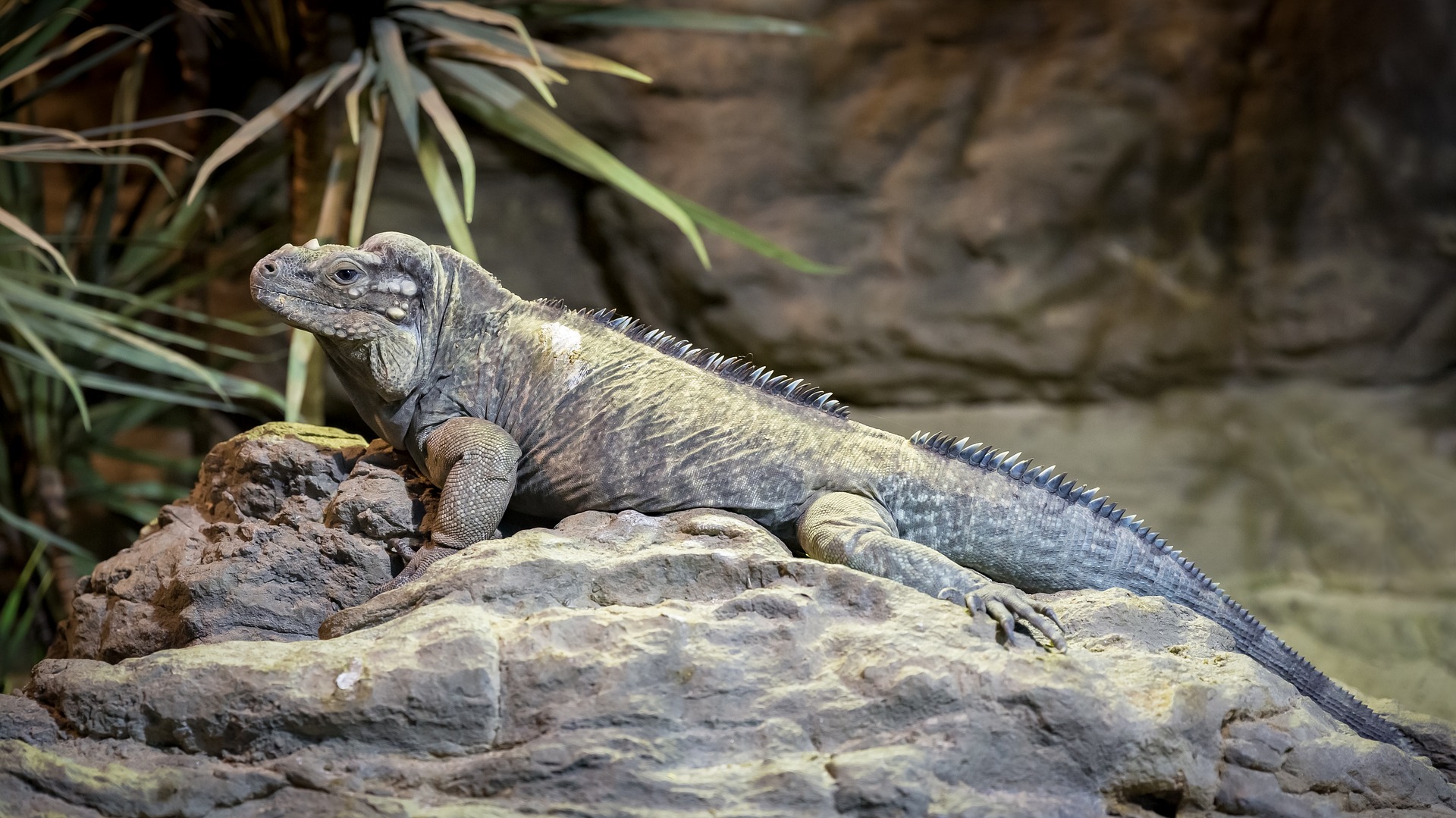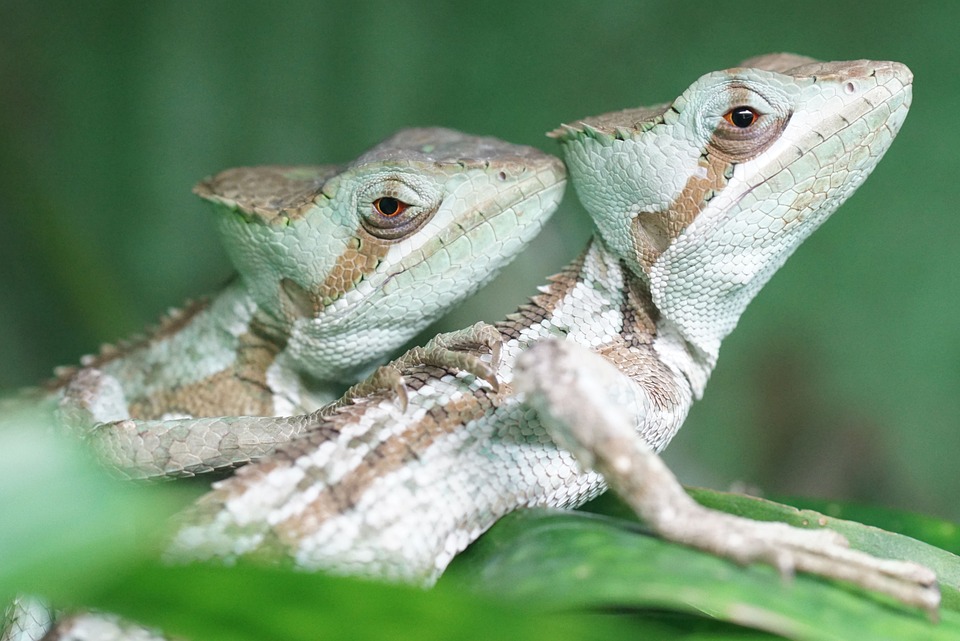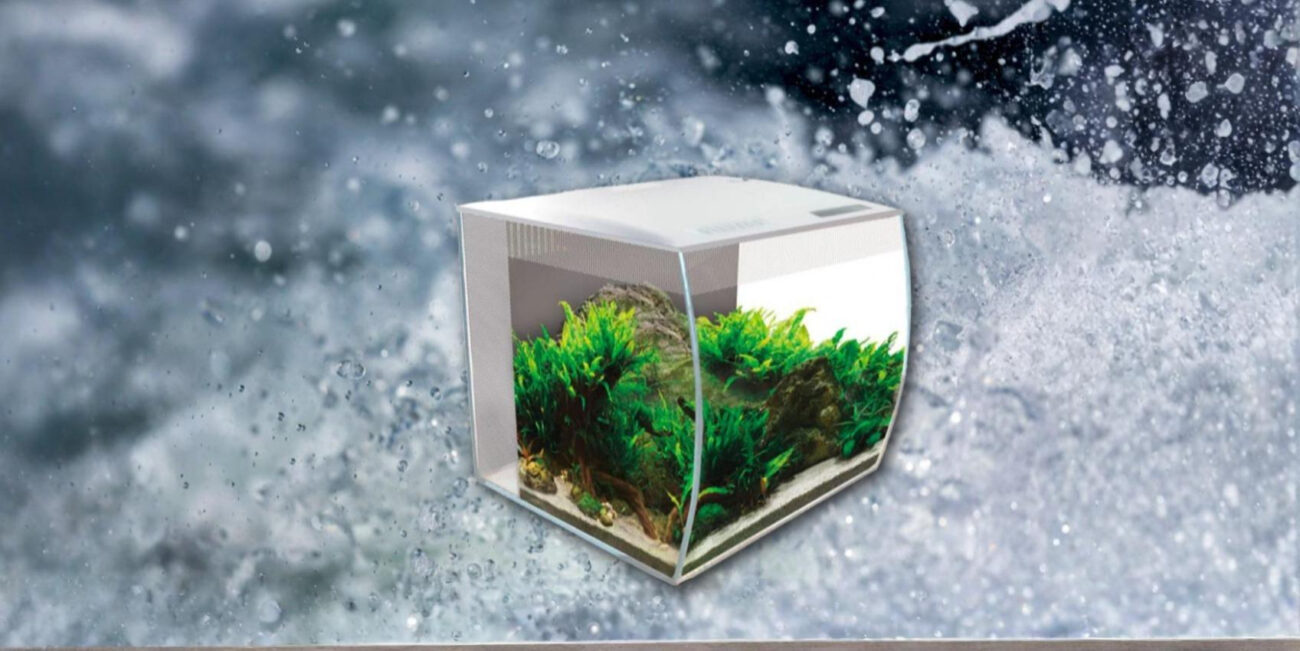The question of which type of terrarium you want to buy is usually very easily answered. In most cases, after all, you start with an interest in a particular animal. But what are the consequences of your decision?
Most reptiles like to keep to themselves, co-housing with other species is only possible in the rarest of cases, and under very specific conditions. This means that, on one hand, you have to decide in favour of one species, but on the other hand you can also fully cater to their needs. However, you do need to know those first. You should therefore first try to find the answers to the following questions:
- How big does the species grow?
- Is it best kept in pairs, groups, or maybe even solitary?
- Is it diurnal, crepuscular or nocturnal?
- How far do the animals like to wander and what dimensions should the terrarium have?
- Where do they originate, and what is the climate there?
- Do the animals like to spend time in the sun — or even avoid it?
- What is their habitat’s average temperature?
- What is the maximum temperature, and how low does it drop at night?
- What is the ambient humidity?
- What does the natural species range look like?
- What is the composition of the ground there?
- Are there predominantly rocks or dead wood?
- What vegetation is there?
- What does the species feed on?
- What is its life expectancy?
Ideally, an expert pet dealer, breeder or terrarium club will be able to give you a lot of the answers and provide further advice. You should always seek dialogue with experienced owners! Their knowledge extends beyond the basic needs of their pets and often opens up a whole new perspective on the animals.
But even if these options are not available, the answers can be found in technical literature and in the depths of the World Wide Web.
The Differences
Once you have found all the answers and none of them raise any doubts in your mind, you can get started. Then it is time to set up the terrarium and furnish it according to the given requirements.
And this is where the differences begin…
Although the focus should be on fulfilling the species’ needs, there are no limits to creativity when it comes to the furnishing. After all, the goal is not only to have healthy and vital animals, but also an attractive terrarium that you enjoy keeping.
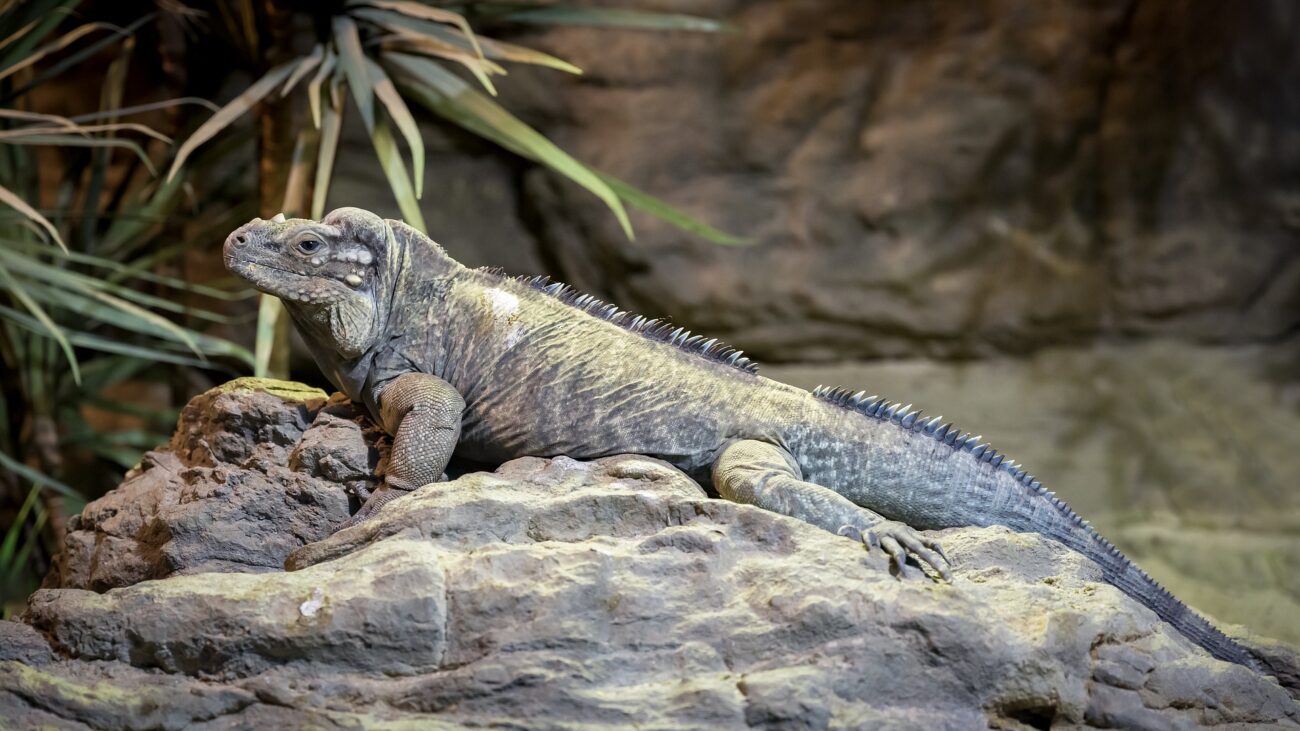
Habitat Desert
Put very generally, in most arid regions (deserts) where reptiles are found, there is very little rainfall throughout the year. The landscapes that need to be reproduced in the terrarium are correspondingly barren with little vegetation.
The dry soil often consists of sand, earth, clay, or a mixture of several components. Sometimes there are larger deposits of gravel in the substrate, and you can frequently find larger rocks or boulders.
Vegetation biodiversity is often very low in these areas. There are places where you can find no plant species — only one or two — over a square kilometre. Trees are also few and far between, which ultimately means that there is hardly any dead wood.
Where ‘nothing’ grows, there are, logically, no shadows being cast — the terrarium therefore needs correspondingly strong base lighting, such as that provided by LEDs. UV radiation, which is emitted by the sun in nature, is also required. Depending on the requirements and size of the terrarium, mixed light lamps or high-pressure metal-halide lamps are used here. In combination with a heating stone, heating cable, or radiant heater, they provide the right temperature.
Automated means of increasing the humidity are not required; occasional moistening with a spray bottle is perfectly adequate.
Tropical Habitats
In our planet’s tropical forests, the story is quite different. The diversity of plant life is particularly high here. Large trees tower skywards, their canopies often blocking direct sunlight.
The loamy ground is covered in foliage, ferns and other plants fill every open space. Dead wood and toppled trees are scattered about, with mosses spreading over the debris.
The regular rainfall keeps everything wet and the humidity is correspondingly high. This is the biggest challenge in a terrarium. Streams and rivers run through the forests, water is omnipresent. Without mechanical aids such as a sprinkler system, artificial waterfall or ultrasonic vaporiser, it is very difficult to simulate this climate in the terrarium… Unless you have the time and leisure to manually humidify every hour or, even better, whenever the humidity falls below a certain percentage.
Climate control units such as CON-TH offer a comprehensive solution for climate control. Humidity and temperature are measured via sensors and, depending on the configuration, the control unit switches on the humidification and heating elements whenever the measured values fall below the defined thresholds. You configure the settings once, and everything else runs automatically.
Particularly strong basic lighting is not required for a tropical climate simulacrum, and UV radiation can even be dispensed with entirely for some species.
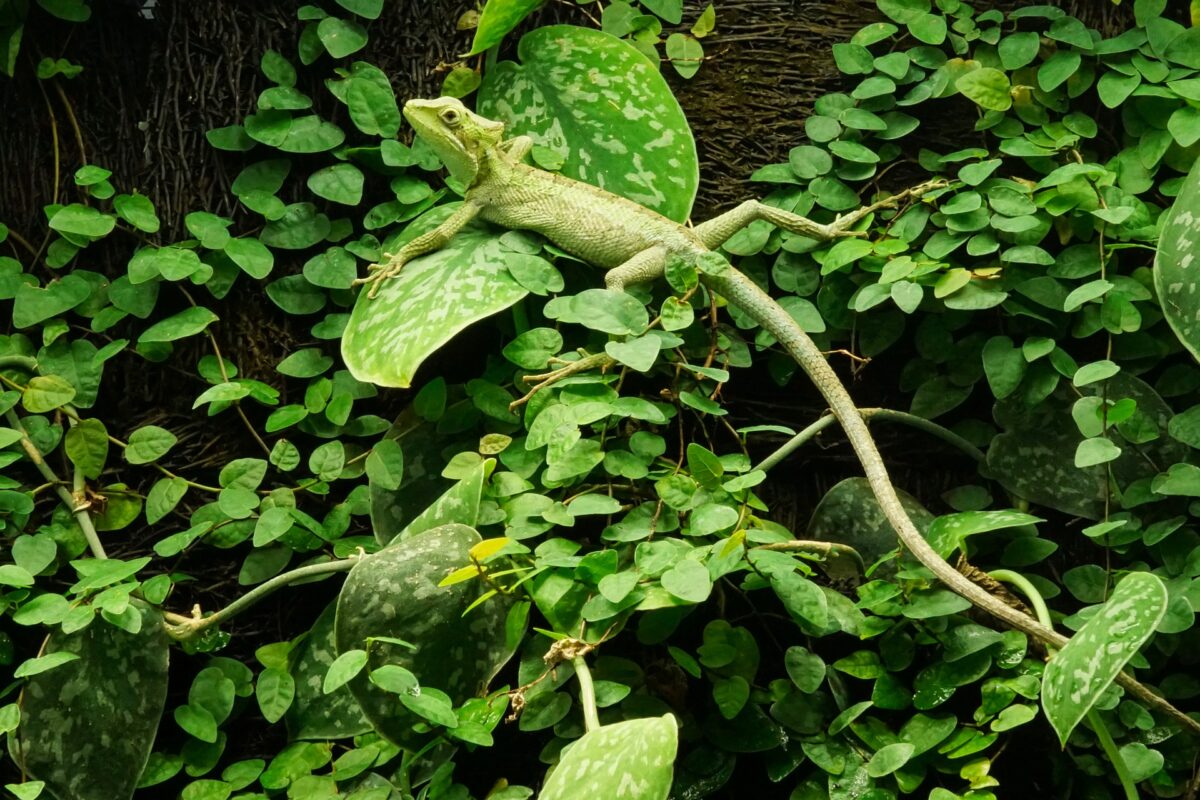
Ground or Branches?
When designing a terrarium, a basic distinction is made between ground dwellers and tree dwellers. You should choose the size of the terrarium accordingly. A ground-dwelling species does not need a 1-metre-high terrarium. Conversely, there is little sense in building a terrarium that is only 40 cm high for an arboreal species, into which no branches will fit, let alone a terrarium lamp above those.
Live plants make your terrarium something very special. You can bring a real piece of nature into your home. There’s nothing better than having a terrarium where animals feel at home, maybe even reproduce, and plants grow and thrive at the same time!
So Which One is Mine?
Ultimately, the terms desert terrarium and rainforest terrarium are just two rough categories in which the individual species are divided according to their origin. The habitats and climates of reptiles are so wide-ranging that they cannot be reduced to two fixed terrarium types.

Special hint
Most important is that you know where the species naturally occurs, research the local conditions, and apply these to the terrarium. In the end, as long as you create a species-appropriate home for your animals that you’re happy with, it doesn’t matter what it is technically called.
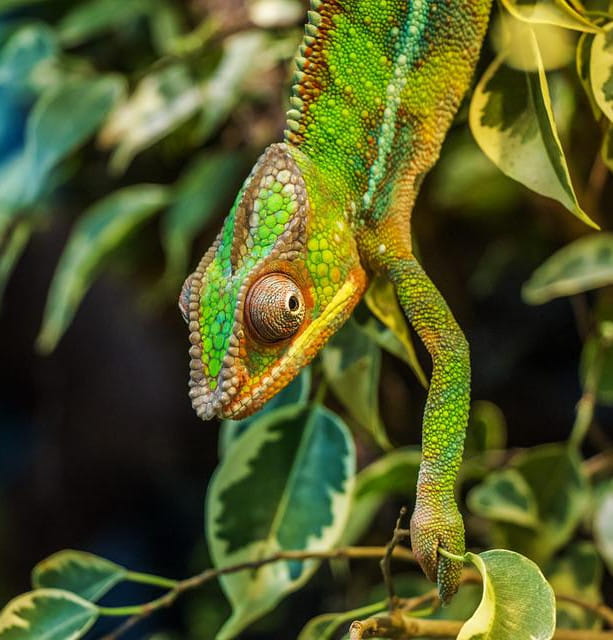
Header image: tahanadakila via Pixabay, CC0

